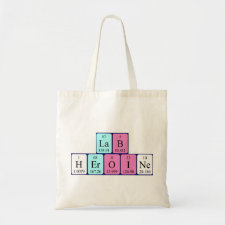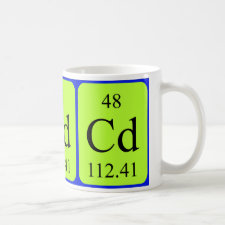
Authors: Rahangdale D, Kumar A
Article Title: Acrylamide grafted chitosan based ion imprinted polymer for the recovery of cadmium from nickel-cadmium battery waste.
Publication date: 2018
Journal: Journal of Environmental Chemical Engineering
Volume: 6
Issue: (2)
Page numbers: 1828-1839.
DOI: 10.1016/j.jece.2018.02.027
Alternative URL: http://www.sciencedirect.com/science/article/pii/S221334371830099X
Abstract: Spent nickel-cadmium (Ni-Cd) batteries are classified as hazardous waste due to the presence of toxic cadmium (Cd). Sustainable solution to this problem can be adoption of resource recovery methods for the reuse of Cd. This has been attempted in the present work using the biopolymer chitosan having inherent affinity for metals. Stability of chitosan in acidic medium was improved by grafting it with a suitable grafting agent and crosslinking. Further, it was used for the synthesis of acrylamide grafted chitosan based Cd ion imprinted polymer (CdIIP) using Cd as template and epichlorohydrin (EPI) as crosslinker for the selective recovery of Cd. Density functional theory (DFT) confirmed acrylamide as the best grafting agent with Δ G of -17.98 Kcal/mol for the acrylamide grafted chitosan. FTIR confirmed the grafting of acrylamide on chitosan as well as successful synthesis of CdIIP. EPI proved to be a better crosslinking agent as compared to glutaraldehyde (GLA) for CdIIP as confirmed by EDS. Adsorption of Cd on CdIIP was influenced by pH, time, initial Cd concentration and CdIIP dose. The kinetic data fitted well to pseudo-second-order equation than first order with R2 equals to 0.997. The monolayer adsorption capacity for Cd (167 mg/g) calculated using Langmuir isotherm model was in close approximation to the experimental adsorption capacity of 152 ± 3 mg/g. The thermodynamic data confirmed exothermic and spontaneous nature of adsorption. 84.3% of Cd could be recovered by CdIIP from the acidic leachate of the Ni-Cd battery waste. CdIIP could be effectively reused for five cycles
Template and target information: cadmium ion, Cd(II)
Author keywords: Grafted chitosan, Ni-Cd battery waste, ion imprinted polymer, Density functional theory, cadmium, Crosslinker, grafting



Join the Society for Molecular Imprinting

New items RSS feed
Sign-up for e-mail updates:
Choose between receiving an occasional newsletter or more frequent e-mail alerts.
Click here to go to the sign-up page.
Is your name elemental or peptidic? Enter your name and find out by clicking either of the buttons below!
Other products you may like:
 MIPdatabase
MIPdatabase









